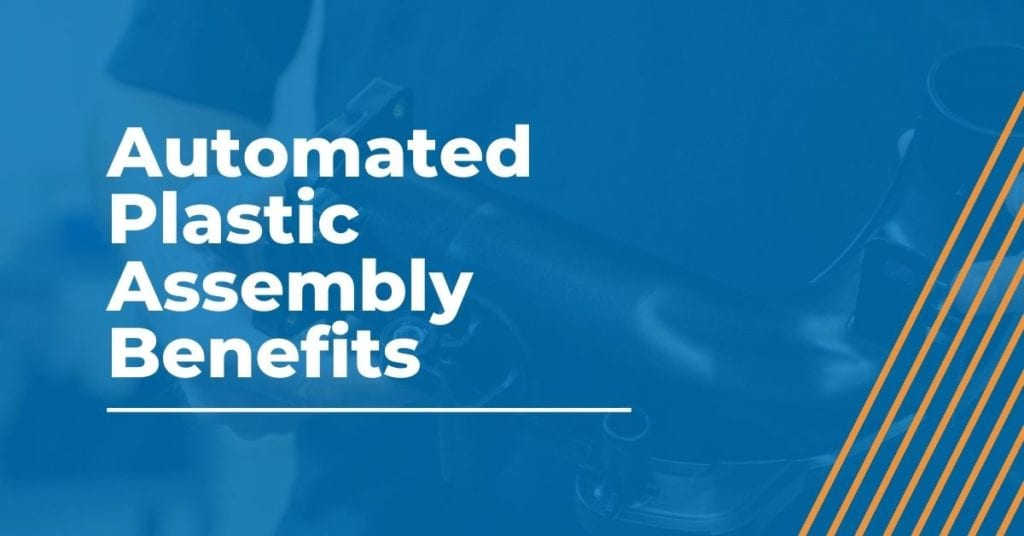
Riding the Automated Plastic Processing Tide
Need to increase volume, efficiency and turnaround time? AMS President and CEO Guy O’Gara feels your pain. Here he discusses what manufacturers are up against today, and how automated plastic processing and injection molding can help.
Meeting Demand Now
Automation as a market mover right now is a bit of a rising tide. Unemployment might be high given recent world events, generally speaking, but not in industrial technology fields as far as we can see. Skilled manufacturing technicians and operators are still relatively scarce, and those fine folks who are available come at a premium, as they should. Combine all that with skyrocketing CPG demand across most markets, and you could easily see yourself with too much demand and not enough capacity to meet it.
It looks to us that the need for automated manufacturing solutions will only grow in years to come. Based on last years’ sales inquiries alone, more customers are reaching out for help in solving more specialized applications across a broader range of markets, even when they know they’re asking for a one-off full custom solution.
Custom or not, the fear of diving into an automation project seems to be giving way to sheer necessity: The plants need to hit their objectives, and those objectives themselves are usually related to increasing volume, quality, efficiency and turnaround.
The Automated Plastic Processing Trend
One industry that we see this trend in particularly is plastic processing. Manufactured durable plastics reach the market usually in one of three forms: as a finished good, as a component within a larger assembly or as a container or package for a different good. In other words, you might acquire a manufactured plastic as a cell phone case, or parts within the cell phone that goes within that case or as the box that holds the cell phone case on the rack at the store.
You’ll find varying levels of technology needed to manufacture the plastic good depending on which of these forms it’s obtained in, but one thing looks common across all in the near future: Manufacturers want to produce more of these parts in less time, with fewer errors and rework, and on production lines that can adjust to design or version changes as sales demand.
Luckily, AMS is here to help with exactly this. Automation is a perfect fit for these goals. We know, because we’ve been solving precisely these challenges in plastic processing for decades.
How We Can Help
We started AMS as a way to bring improvement to manufacturers’ production lines in a straightforward, insightful way that we weren’t seeing in our competitors. We put together a very experienced team of industry pros, crafted a standardized application approach process, rounded up the best machine-building methods and tooling we could find, and went to work.
After 20 years in business, we have a full standardized line of automated machines across many common applications and industries, but even more exciting is that we have an equal number of never-been-done-before projects in the bag as well. Automated plastic processing and injection molding are two of our core areas of expertise. I’d like to share how our solutions stand out in this market.
I mentioned above the most common goals that plastic manufacturers bring up when we discuss their projects:
- Increase production volume and throughput: A recent example of meeting this goal involves an AMS customer who ordered a duplicate (custom) nut insert machine to meet demand as production increased on one of their consumer products
- Improve product quality: To achieve this goal, many of our machines replace manual operations with automation and provide machine vision or inspection for improved quality.
- Improve production line efficiency: Automated machines with consistent cycle times create smoother flow of work-in-process, providing predictable results, efficient use of materials and less downtime.
- Improve production line change-over and turnaround: More and more of our customers are requesting machines with removable fixture plates so that the machines can easily run other product models or can be easily re-tooled for new products.
What Are Your Goals?
Let’s talk about how automation could improve your operations. Contact us today for a free application review.
